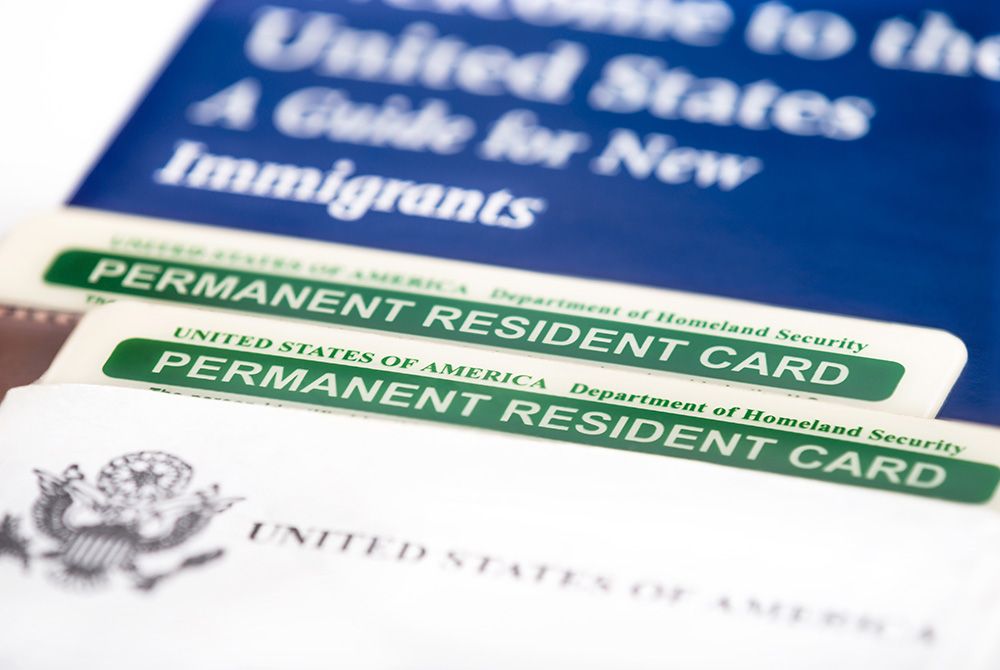News Americas, NEW YORK, NY, Fri. Aug. 4, 2017: This week we continue our series on getting Permanent Residency or a Green Card in Trump’s America with Option 4 – Green Card through Refugee or Asylee Status.
Refugee or asylee status is a special legal protection granted to people who have left their home country for their own safety and are afraid to return. What’s the difference between asylum and refugee status under U.S. immigration laws – that is, who should seek asylum status, and who should seek refugee status? It’s simply a matter of where you are when you apply. People outside of the United States must apply for refugee status. People who have already made it to the U.S. border or the interior (perhaps by using a visa or by entering illegally) can apply for asylum status.
Asylees and refugees are given permission to work and are allowed to apply for a green card (within one year of either entering the United States as a refugee or being approved for asylum).
In order to get a green card after being admitted into the U.S. as a refugee or asylee, you must have been living in the country for at least one year after obtaining the status.
The one-year period is calculated from the date that your I-94, Arrival-Departure Record, was issued. In order to be eligible for a Green Card as an asylee or refugee, you must meet the following requirements:
You properly file Form I-485, Application to Register Permanent Residence or Adjust Status;
You must prove you are physically present in the United States at the time you file your Form I-485;
File Form G-28, Notice of Entry of Appearance as Attorney or Accredited Representative, if you are represented by an attorney (in which case he or she will fill this out for you).
File Form G-325A, Biographic Information Sheet, if you are between 14 and 79 years old.
You must prove you have been physically present in the United States for at least one year after you were granted asylum by showing copies of your pay stubs;
You continue to meet the definition of a an asylee or refugee, or to be the spouse or child of an asylee or refugee;
You have not firmly resettled in any foreign country;
Your asylum approval has not been terminated;
You are admissible to the United States for lawful permanent residence or eligible for a waiver of inadmissibility or other form of relief.
To apply, you will be asked to submit with your application form, two passport-style photographs with your name written on the back, in pencil.; a copy of your government-issued identity document with photograph; a copy of your birth certificate (if available); a copy of your passport page with nonimmigrant visa (if available); a copy of your passport page with admission or parole stamp (issued by a U.S. immigration officer) (if available); Form I-693, Report of Medical Examination and Vaccination Record (you may submit this form together with Form I-485 or later, for example, when USCIS requests it or in person at your interview, if any); certified police and court records of criminal charges, arrests, or convictions (if applicable); and Form I-602, Application by Refugee for Waiver of Grounds of Excludability (if applicable); Proof of any legal name change since you were granted refugee status, if applicable, such as a copy of a court order or marriage certificate showing your new name.
All foreign language documents included in this application packet will need to include a completed translation into English
After you submit your adjustment of status application packet, USCIS will send you a notice saying that your application has been received, usually within a few weeks.
If your green card is granted, your “adjustment of status” date will be recorded as the day you entered into the U.S. as a refugee.
Look out for Option 5 next week, in the 8 Ways To Get A Green Card In Trump’s America series!
 The writer is CMO at Hard Beat Communications, Inc. which owns the brands: NewsAmericasNow, CaribPRWire and InvestCaribbeanNow.
The writer is CMO at Hard Beat Communications, Inc. which owns the brands: NewsAmericasNow, CaribPRWire and InvestCaribbeanNow.








